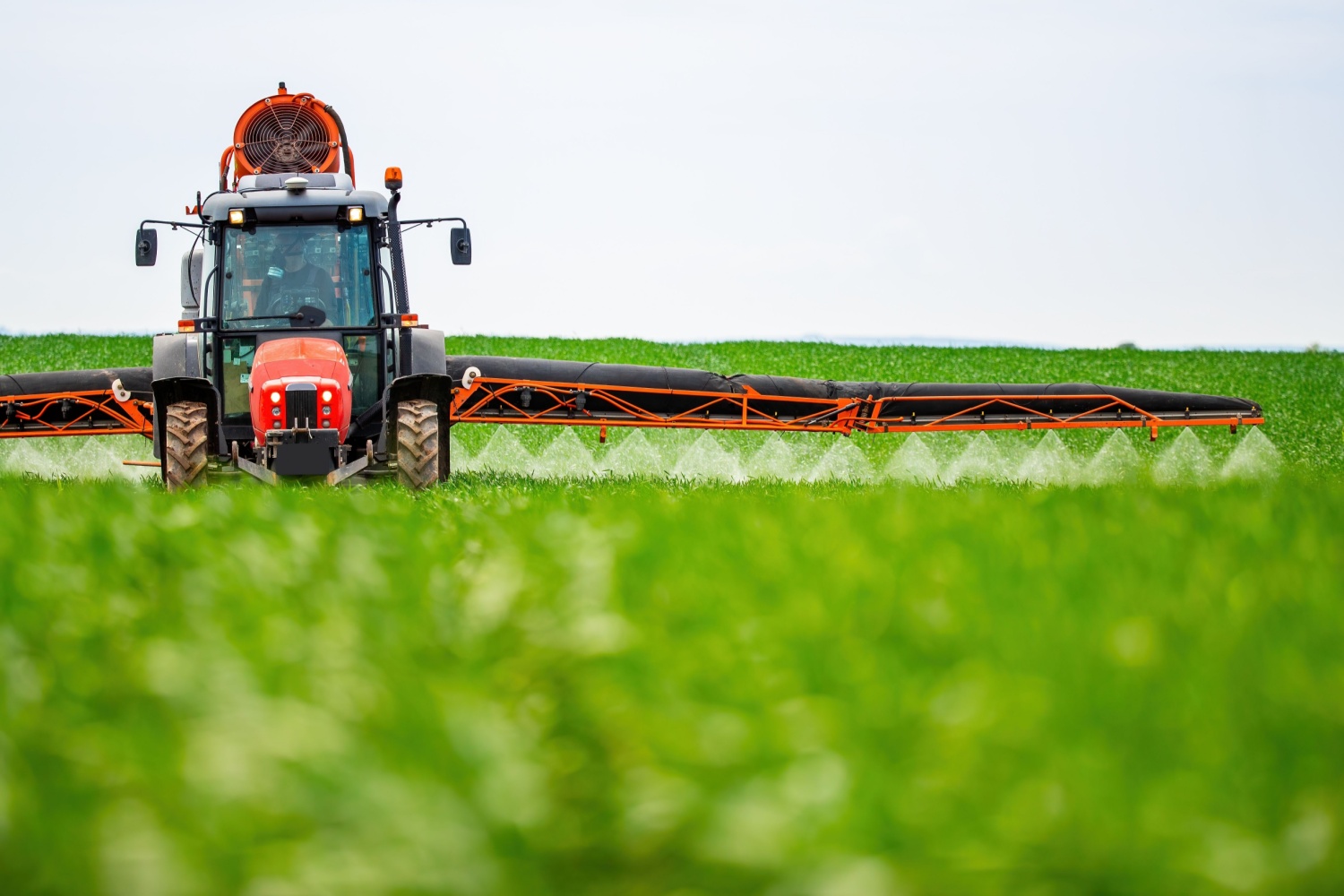With the end of the 2025 growing season in sight for many growers, agronomic decisions made now can have a big impact on harvest. Curtis Rainbolt with BASF says just because the season may be drawing to a close, that doesn’t mean disease pressures are done for the year. And he said, just like late spring and mid-summer, those pressures are best addressed preventatively.
“So unfortunately, it’s not something where you can wait until you see the pathogen start to develop in the field and then very easily come in and take care of it. So ideally, they’ve planned ahead. But even if they’ve planned ahead, and made an application of a premium fungicide, had a row closure for one to two weeks after that, and some additional sprays are needed, it’s all about being out in those fields and monitoring.”
Rainbolt noted it’s critical for growers this time of year to make sure they are not overwatering, which he said can happen very easily because of the swings in daytime and nighttime temperatures. Overwatering can lead to increased white mold pressures especially in potatoes.
He added that being in the field will allow a grower to get in front of any problem as soon as it develops.
“When it comes to early blight, we do need to worry about the selecting of resistant isolates. And so, if you look at what’s being used in the market for controlling early blight and brown spot, which are both alternate area, we’ve been heavily reliant on group 7 fungicides, FRAC group 7. That means they all work the same way. Endura is one of those FRAC group 7s. What sets Endura Pro apart from the other ones that are on the market is that second active ingredient, that Pro. That’s short for provysol. Provysol is a group 3 fungicide, and it is extremely effective on early blight.”


